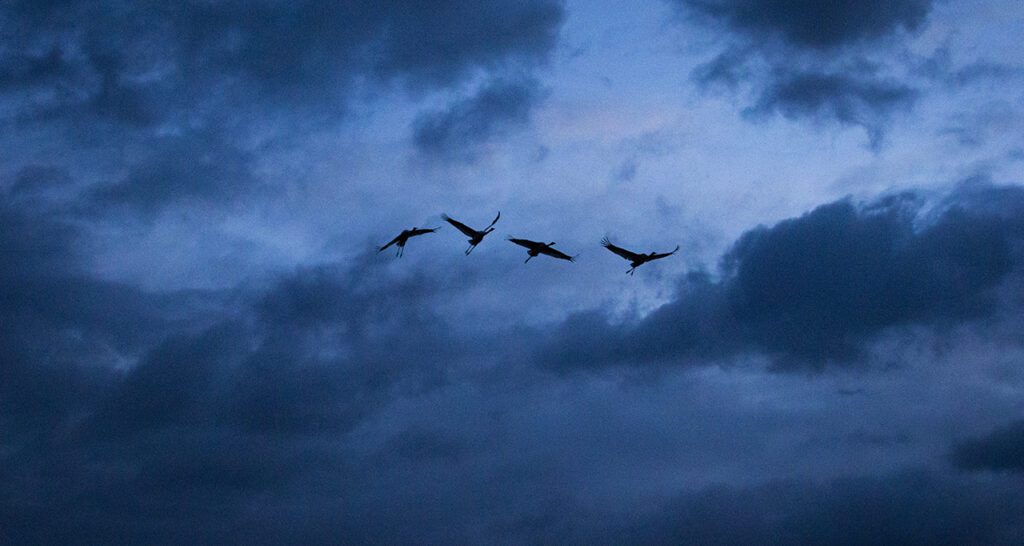
First Confirmed Death of Endangered Whooping Crane due to Highly Pathogenic Avian Influenza
An Endangered Whooping Crane, lovingly named “Ducky,” died earlier this month due to Highly Pathogenic Avian Influenza (HPAI). The loss marks the first confirmed death of a Whooping Crane due to HPAI.
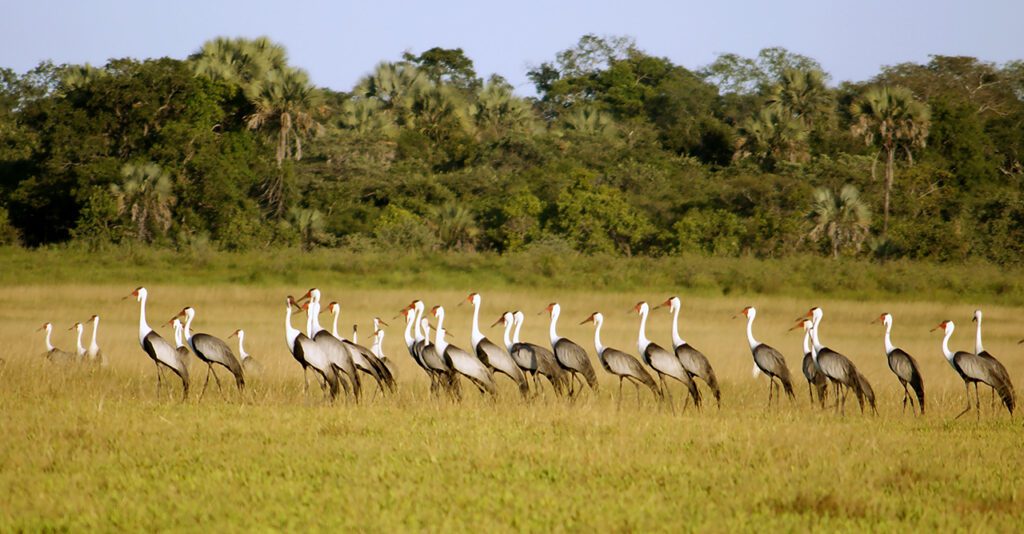
Community Radio Campaigns Raise Awareness on the Kafue Flats
With generous support from The Elephant Charge, the International Crane Foundation in Zambia recently conducted a series of community radio awareness campaigns to raise understanding and appreciation of the Kafue Flats ecosystem.
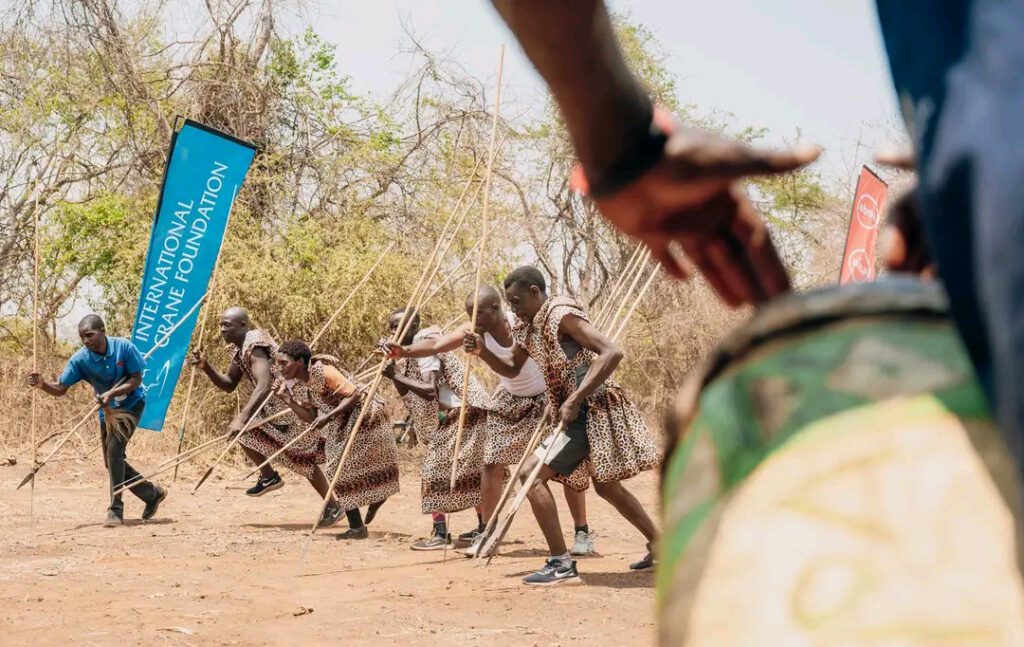
New Office Block Strengthens Conservation and Collaboration in Zambia’s Kafue Flats
A newly commissioned modern office block at Blue Lagoon National Park Headquarters at Naleza will serve as a vital hub for Wildlife management, research, and community engagement in Zambia’s Kafue Flats.
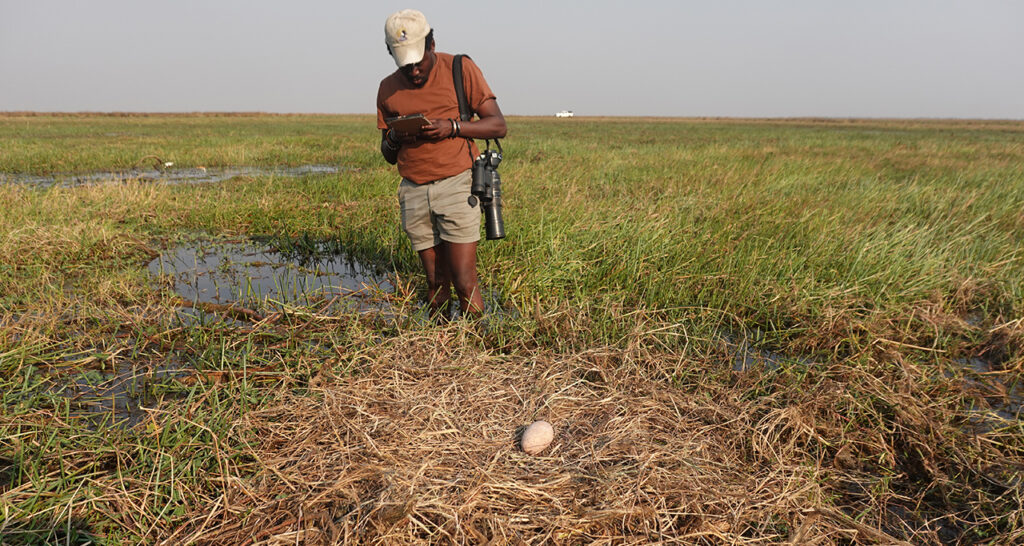
A Field Mission to Track and Protect Wattled and Grey Crowned Cranes in Zambia’s Wetlands
Zambia holds a special place in global crane conservation. The country hosts more than half of the world’s Vulnerable Wattled Crane (Bugeranus carunculatus) population, alongside the Endangered Grey Crowned Crane (Balearica regulorum). These iconic birds depend on vast wetlands such as the Kafue Flats, Bangweulu Wetlands, Liuwa Plain National Park, Busanga Swamps, and Barotse Floodplains for their survival.
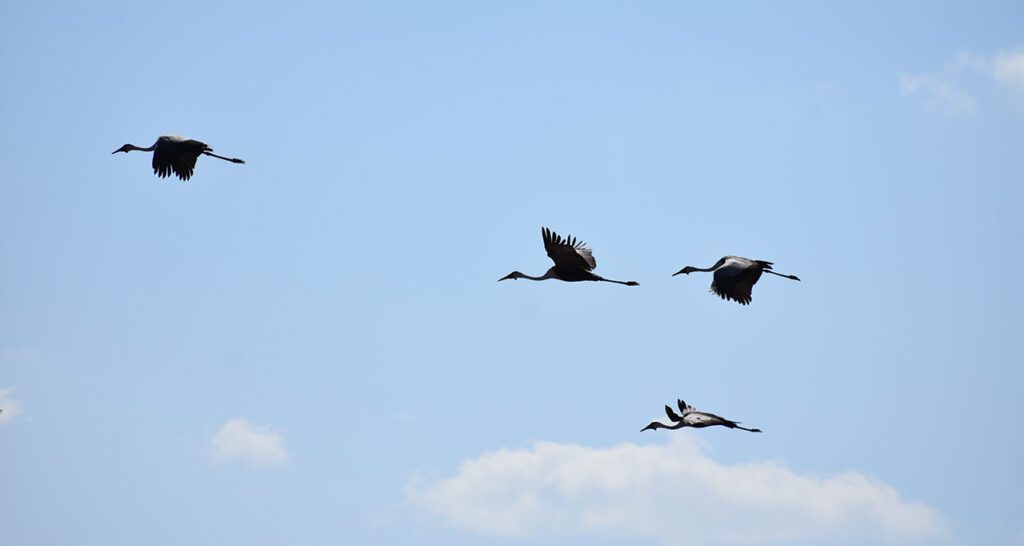
Safeguarding Health for Conservation Heroes
This summer, the International Crane Foundation in Zambia partnered with the Mumbwa District Health Office to conduct a voluntary health screening for Wildlife Police Officers, Community Scouts, International Crane Foundation staff, and their families at Blue Lagoon National Park.

A Thriving Floodplain for All
How do you secure a floodplain of international significance for wildlife and people, reverse ecological degradation, and promote sustainable development and livelihoods for one million Zambians?
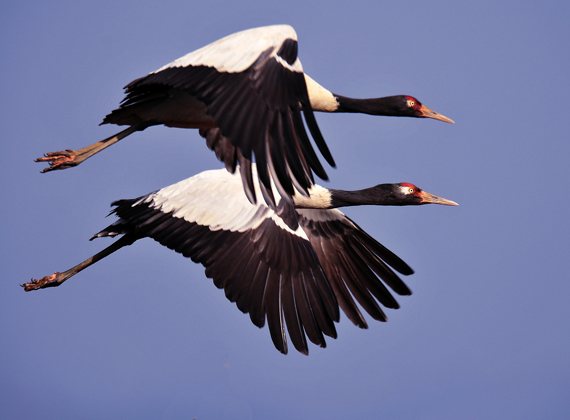
Top Ten Facts About Crane Migration
We asked our staff for their top ten facts about crane migration to create this list – we hope you are inspired to learn more about the mystery of bird migration!
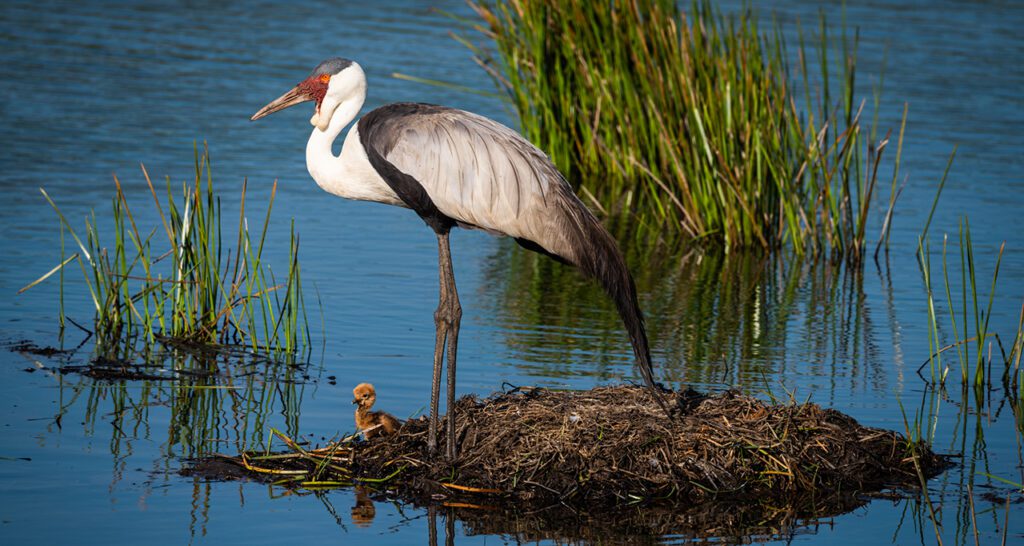
International Crane Foundation Advocates for Crane Protection to Celebrate World Wildlife Day
In celebration of World Wildlife Day today, the International Crane Foundation is advocating for the protection of cranes and their habitats in Africa, including supporting conservation efforts and promoting sustainable land use. The theme for 2025 is “Wildlife Conservation Finance: Investing in People and the Planet.”
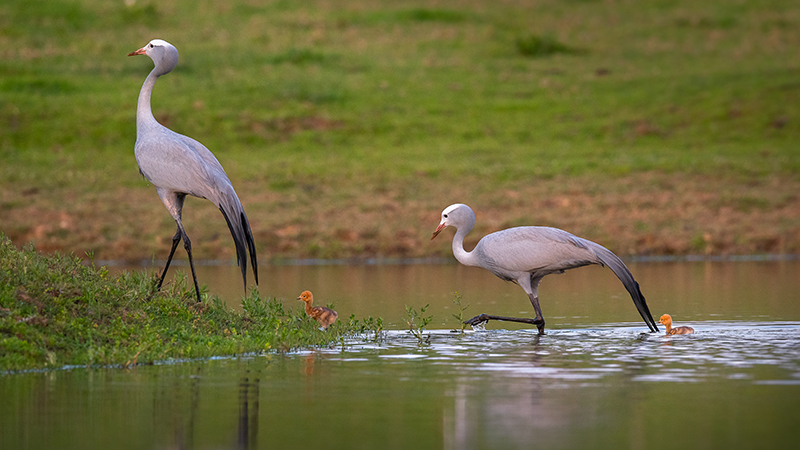
Celebrating the Protection of Wetlands and Cranes on World Wetlands Day
Join us in celebrating World Wetlands Day on Feb. 2 – Protecting Wetlands for Our Common Future!
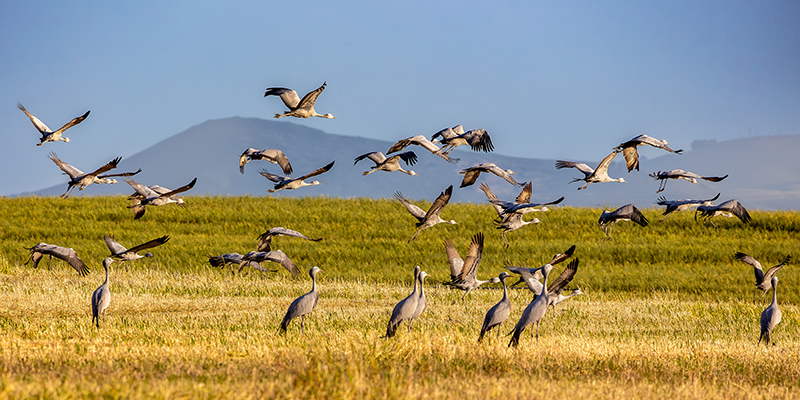
International Crane Foundation Registers Carbon Offsetting Project for 90,000 Hectares
Aug. 13, 2024 (South Africa) – As part of the long-term commitment to protect threatened grassland and wetland crane habitat in the Drakensberg region of South Africa, the International Crane Foundation – in partnership with Endangered Wildlife Trust – announces registration in one of only six registered carbon offsetting projects in the world using Voluntary Carbon Market Methodology – and covering the widest geographical footprint in the country.
No results found.
Adjust the filters and try again.